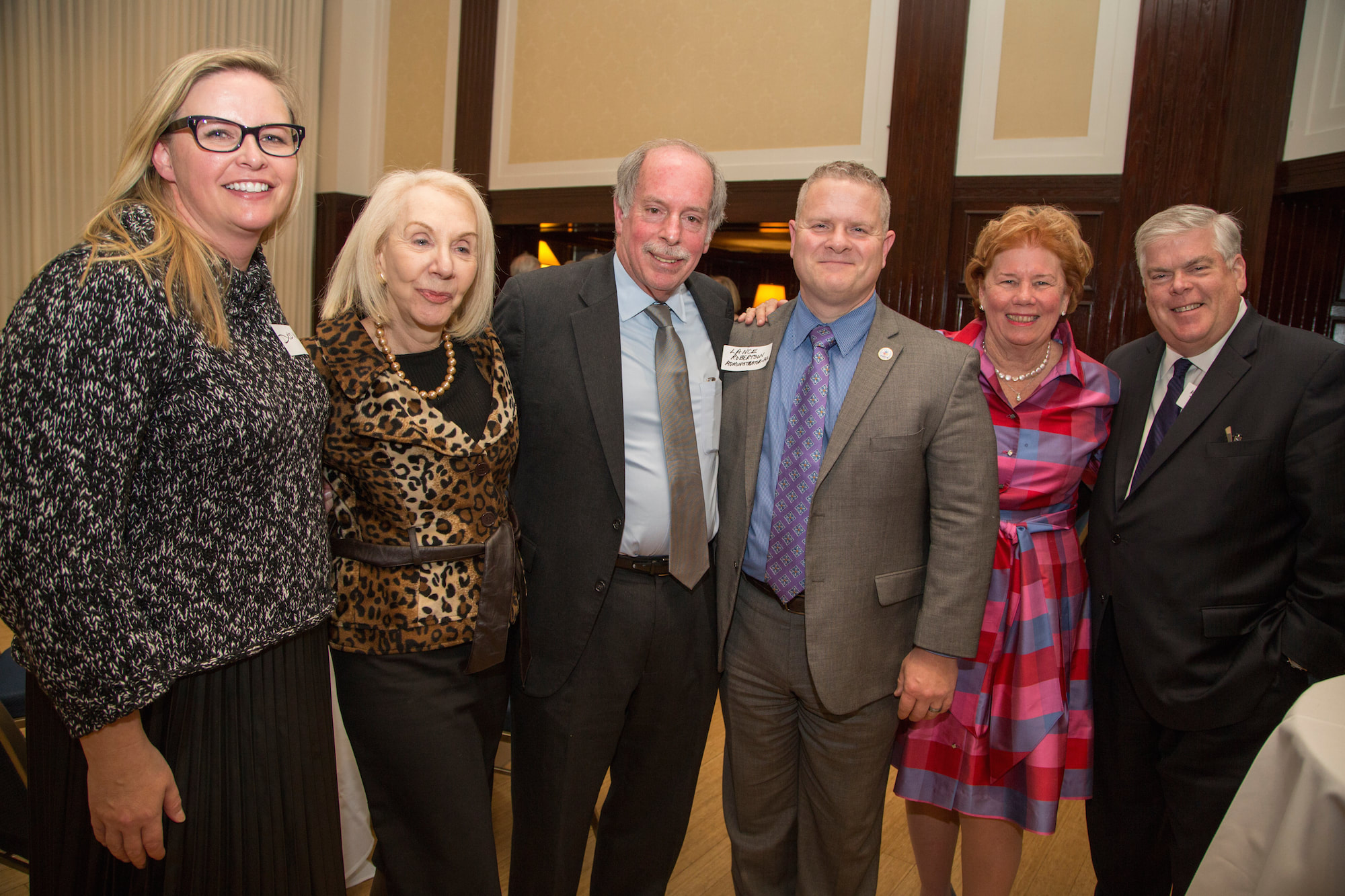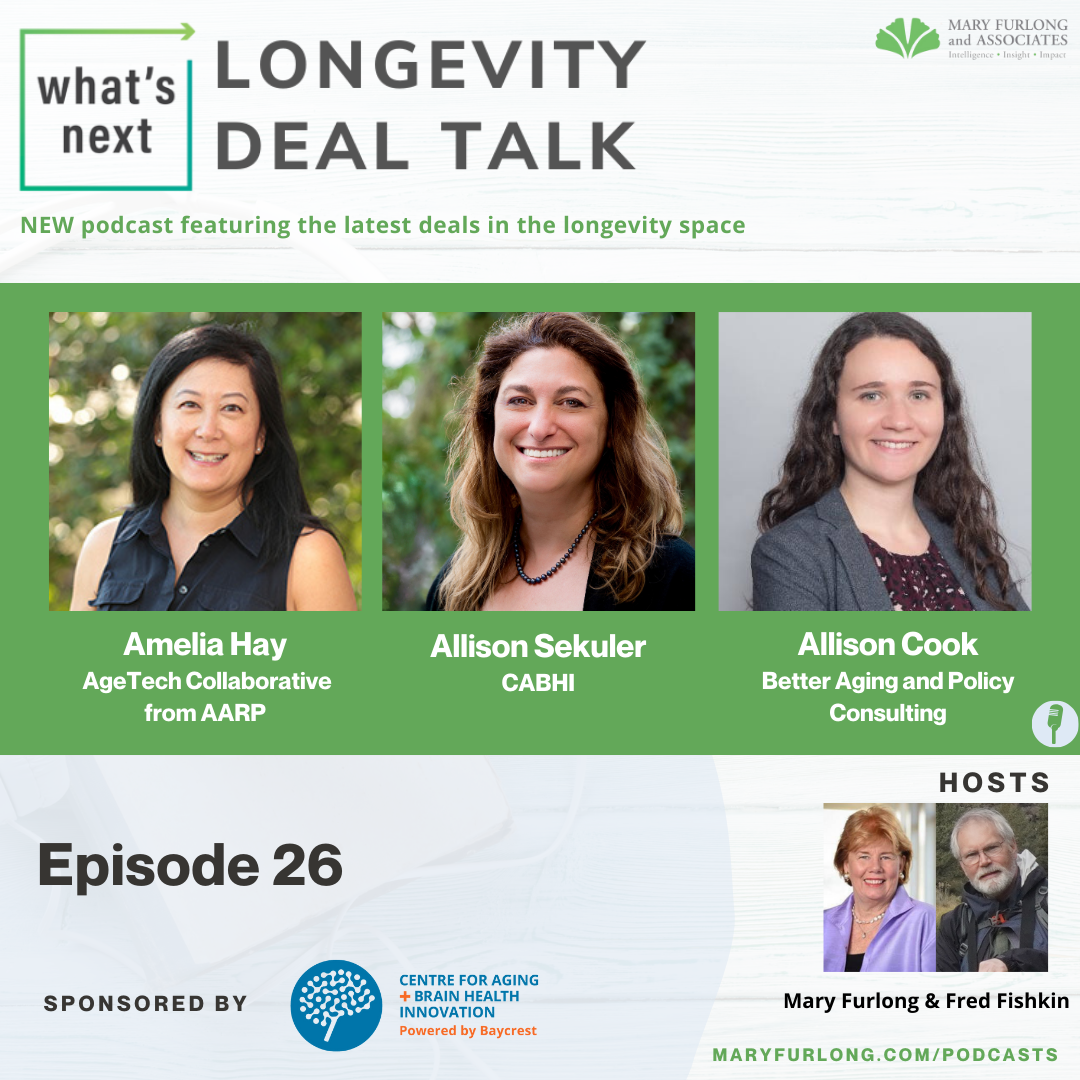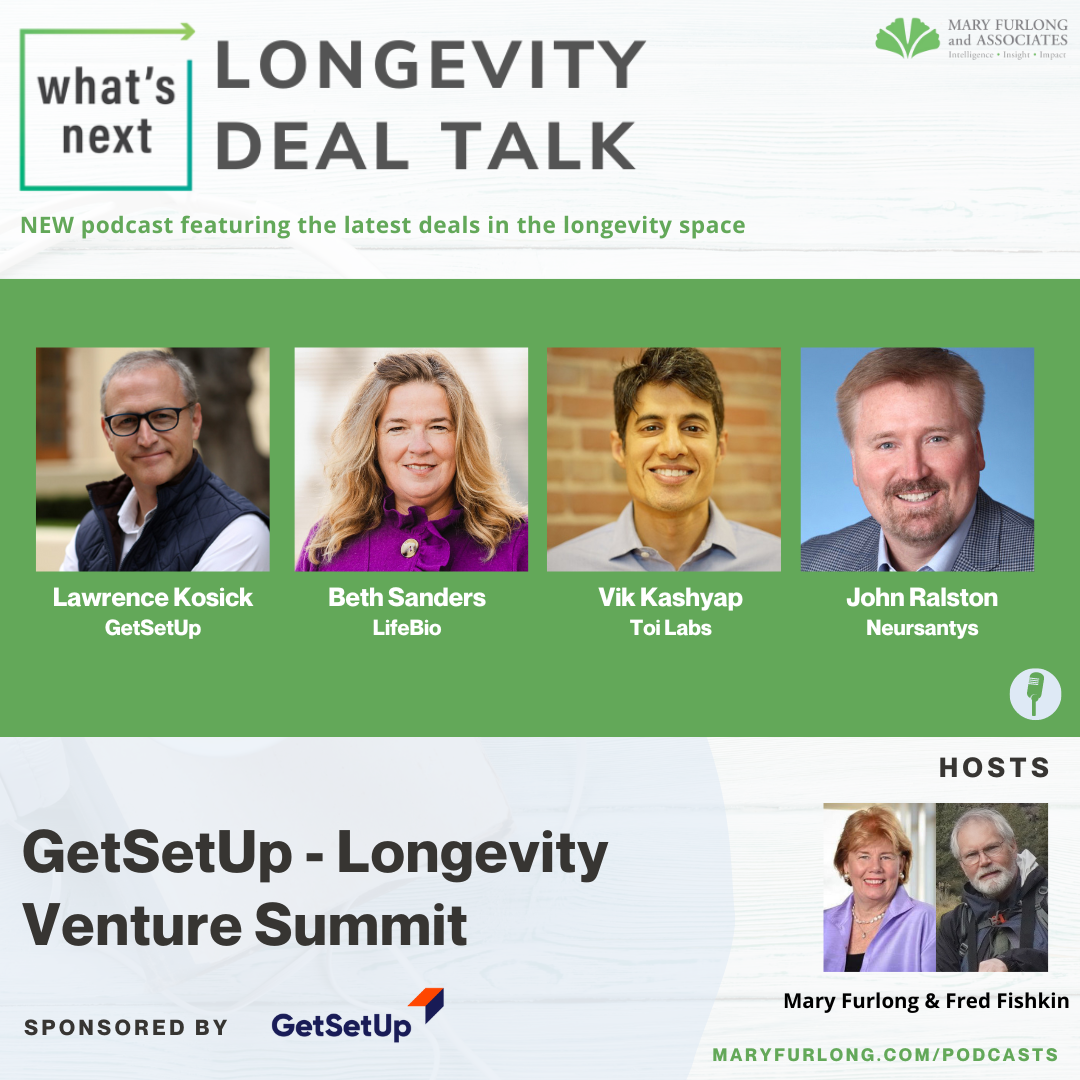When Best Buy agreed to buy GreatCall for $800 million, it was a resounding endorsement of the vision of David Inns and the GreatCall Team, who together have led the San Diego firm to national leadership in connected health for active aging.
That vision has led GreatCall to impressive growth through its offerings of mobile products and connected devices that support safety, independence and peace of mind. Earlier this year, Inns shared some of his views on what companies must do to succeed in the aging space.
Know your consumer: Older consumers are a diverse group, Inns pointed out, with great differences in their health, tech savvy and social engagement.
To thrive in the longevity marketplace, companies must ask: “Who is the consumer, and what is the problem we’re trying to solve?” he said. “You need a clear view, not broad strokes. There are too many groups within that population to say you can create one solution to a problem they all are facing equally.”
“I would rather go deeper in a shallower pond than to fish in the ocean on the surface.”
Be careful with pricing: But defining the consumer market is only part of the challenge. “Once you understand the market you’re going after, what kind of a price are you going to charge?” he asked. A big mistake that some companies make is letting technology set the price, without considering the realities of the consumer.
“They make the price driven by technology, instead of by the consumer. If you’re selling to a retired senior at Best Buy, you don’t want the price to be $399. You want the price to be $49 or $99. …You’ve got to think about price points.”
Technology is an experience: And price is just part of the equation, critical as it is. Companies that wish to succeed in the longevity market must think broadly about consumer needs and preferences. Solutions dreamed up by entrepreneurs that are shaped by technology – but do not fit into the way older adults wish to live or that they find hard to adopt – are not going to work.
While that may sound obvious, it is often overlooked. “It happens everywhere,” Inns said “It happens in Silicon Valley, and it happens in the tech corridors of Boston and New York. If you approach this market thinking of the technology (first) and then work your way back to the consumer, it’s hard to succeed.”
Customer support is crucial: Winning over older consumers also requires excellent, accessible service that truly meets their needs. Technology can be a great way to foster independence and security. But using the technology must be an easy experience for older adults, if they are to accept it and gain its benefits.
That makes it crucial to provide accessible, user-friendly customer service.
Out of some 1,200 GreatCall employees, more than 800 provide customer support, Inns said.
As examples, GreatCall wearable technologies come with:
- A minimum battery charge of four months
- Built in fraud detection
- A flashing red signal when users are out of range of their smart phones
- High-quality customer support at the touch of a button
B2B has a bright future: While a consumer-first focus has helped drive GreatCall’s growth, the company also has been expanding its B2B efforts in recent years, such as through technologies that help Managed Care companies detect changes in their daily activities that would suggest a health issue is arising that could affect that person’s indepdenence if it is not addressed.
Looking to the future, the rapidly growing older population represents a giant marketplace for industries that can benefit from connected health devices and remote monitoring. These industries, such as senior living and managed care, have financial incentives to help keep people healthy and independent, and technology offers them cost-saving solutions.
It also can fill a gap for adults who do not have family caregivers, and the older population is projected to have fewer family caregivers to support it in future years. Inns notes that in-home monitoring can provide data that point to changes in behavior. Such changes may flag health risks, and spotting them may prompt interventions that prevent costly health care episodes.
In the conversation, he said that in the last few years GreatCall’s B2B business had soared from “zero” to over 10 percent of company revenues “and is accelerating fast.”
Striving for quality: Asked who he prefers to work with when it comes to business deals, Inns focused on his goal of making GreatCall’s offerings even better. “I want to deal with companies that can really help us improve our product and service offerings or expand them, particularly in the B2B space.”
And he highlighted the importance of working with individuals who have the best motivations: “Trustworthy and ethical people who are in the business for the right reasons.”






0 Comments